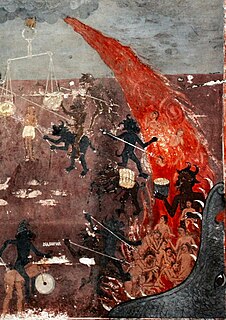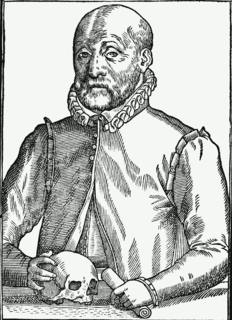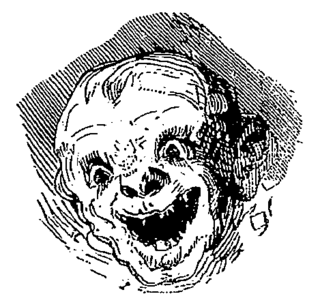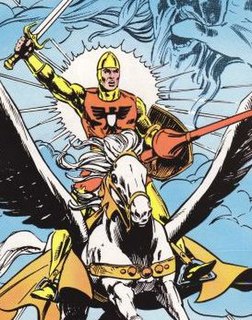In demonology Allocer (also spelled Alocer or Alloces) is a demon whose title is Great Duke of Hell, and who has thirty-six legions of demons under his command. He induces people to immorality and teaches arts and all mysteries of the sky.
Demonology is the study of demons or beliefs about demons, especially the methods used to summon and control them. The original sense of "demon", from the time of Homer onward, was a benevolent being, but in English the name now holds connotations of malevolence.

In religion and folklore, Hell is an afterlife location, sometimes a place of torment and punishment. Religions with a linear divine history often depict hells as eternal destinations while religions with a cyclic history often depict a hell as an intermediary period between incarnations. Typically these traditions locate hell in another dimension or under the Earth's surface and often include entrances to Hell from the land of the living. Other afterlife destinations include Heaven, Purgatory, Paradise, and Limbo.
He is described by Johann Weyer as appearing in the shape of a knight mounted on an enormous horse. His face has leonine characteristics; he has a ruddy complexion and burning eyes; and he speaks with much gravity. He is said to provide good familiars, and to teach astronomy and liberal arts. Allocer is often depicted riding a horse with dragon legs.

Johann Weyer or Johannes Wier was a Dutch physician, occultist and demonologist, disciple and follower of Heinrich Cornelius Agrippa.

A knight is a man granted an honorary title of knighthood by a monarch, bishop or other political or religious leader for service to the monarch or a Christian church, especially in a military capacity. Historically, in all Europe, knighthood was conferred upon mounted warriors. During the High Middle Ages, knighthood was considered a class of lower nobility. By the Late Middle Ages, the rank had become associated with the ideals of chivalry, a code of conduct for the perfect courtly Christian warrior. Often, a knight was a vassal who served as an elite fighter, a bodyguard or a mercenary for a lord, with payment in the form of land holdings. The lords trusted the knights, who were skilled in battle on horseback.

The horse is one of two extant subspecies of Equus ferus. It is an odd-toed ungulate mammal belonging to the taxonomic family Equidae. The horse has evolved over the past 45 to 55 million years from a small multi-toed creature, Eohippus, into the large, single-toed animal of today. Humans began domesticating horses around 4000 BC, and their domestication is believed to have been widespread by 3000 BC. Horses in the subspecies caballus are domesticated, although some domesticated populations live in the wild as feral horses. These feral populations are not true wild horses, as this term is used to describe horses that have never been domesticated, such as the endangered Przewalski's horse, a separate subspecies, and the only remaining true wild horse. There is an extensive, specialized vocabulary used to describe equine-related concepts, covering everything from anatomy to life stages, size, colors, markings, breeds, locomotion, and behavior.











